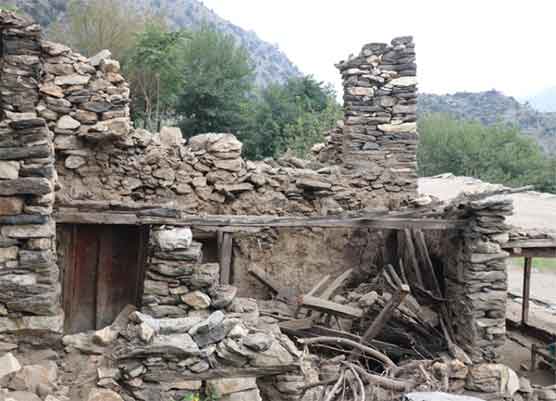
An earthquake in eastern Afghanistan has killed over 800 people, destroying homes and leaving thousands homeless. Aid organizations are rushing to deliver supplies as survivors face harsh conditions without shelter or food.
On [recent date], a powerful earthquake struck eastern Afghanistan, centered in the Paktika and Khost provinces—regions already grappling with poverty, conflict, and limited infrastructure. Initial reports from the United Nations Office for the Coordination of Humanitarian Affairs (OCHA) confirm over 800 deaths, with the toll expected to rise as rescuers reach remote villages cut off by collapsed roads and damaged bridges. Thousands more are injured, and an estimated 20,000 people have lost their homes, according to local Afghan officials working with international aid groups.
Quake Details: Magnitude, Impact, and Hardest-Hit Areas
The U.S. Geological Survey (USGS) recorded the earthquake as a magnitude 5.9 tremor, striking at a depth of approximately 10 kilometers—shallow enough to amplify ground shaking and structural damage. Unlike deeper quakes, which often dissipate energy more slowly, this shallow event wreaked havoc on mud-brick homes, the most common housing type in rural eastern Afghanistan. These structures, built with limited reinforcement, collapsed easily under the shaking, trapping families inside.
Paktika Province has emerged as the hardest-hit area, with over 600 deaths reported in districts like Gayan and Barmal. Local residents told aid workers that entire villages in these areas have been "flattened," with no standing buildings left to provide shelter. Khost Province, bordering Pakistan, has also seen significant losses, with over 150 deaths and widespread damage to schools and health clinics—critical resources in a region where access to medical care was already scarce before the disaster.
Aid Challenges: Access, Resources, and Winter Risks
Aid organizations, including the International Red Cross (ICRC) and Doctors Without Borders (MSF), have mobilized teams to the disaster zone, but progress has been slowed by logistical barriers. Many affected villages are located in mountainous areas, where roads were already unpaved and vulnerable to landslides—now made impassable by earthquake debris. "We’re using helicopters to drop food, water, and medical kits, but we need more resources to reach everyone," said an ICRC spokesperson in Kabul. "Survivors are sleeping outdoors in cold nights, and children are at risk of hypothermia without blankets or shelter."
The timing of the quake adds another layer of urgency: Afghanistan’s harsh winter is approaching, and survivors lack basic necessities like warm clothing and fuel. The UN has launched an emergency appeal for $100 million to fund relief efforts, but as of [update date], less than 20% of that amount has been raised. "Donor fatigue is real, especially with crises in Ukraine and the Horn of Africa," noted a UN aid coordinator. "But Afghanistan’s needs are acute—these families have lost everything, and they can’t wait for help."
Global Response: Governments and Communities Step In
Several countries have pledged support to Afghanistan’s relief efforts. The United States has committed $10 million in emergency aid, including medical supplies and shelter materials, while Pakistan—itself no stranger to earthquake disasters—has sent military helicopters to help with rescue operations. The European Union has also allocated $5 million, focusing on providing clean water and sanitation to prevent the spread of disease in overcrowded temporary shelters.
Local communities have also stepped up, with Afghan volunteers from nearby cities traveling to affected areas to help dig through rubble and distribute supplies. "We’re seeing incredible resilience," said an MSF doctor working in Paktika. "Survivors are helping each other carry injured family members to clinics, even when they’ve lost their own homes. But they can’t do this alone—they need sustained support to rebuild."
Long-Term Concerns: Rebuilding and Vulnerability
Beyond immediate relief, experts warn that eastern Afghanistan’s recovery will be long and difficult. The region has faced decades of conflict, leaving infrastructure in ruins and weakening local governance. Rebuilding homes that meet earthquake-resistant standards will require significant investment, as will restoring damaged health clinics and schools—services that are critical to preventing future crises.
"This earthquake isn’t just a natural disaster—it’s a crisis made worse by years of instability," said a disaster risk reduction expert at the World Bank. "To protect communities here, we need to invest in both short-term aid and long-term resilience. That means building stronger homes, improving early warning systems, and supporting local governments to respond quickly when disasters strike."
As night falls on eastern Afghanistan, survivors continue to wait for help, huddled around small fires to stay warm. For aid workers on the ground, the race to deliver supplies and save lives is far from over—and the world’s response in the coming weeks will determine how many more families can survive this devastating disaster.
